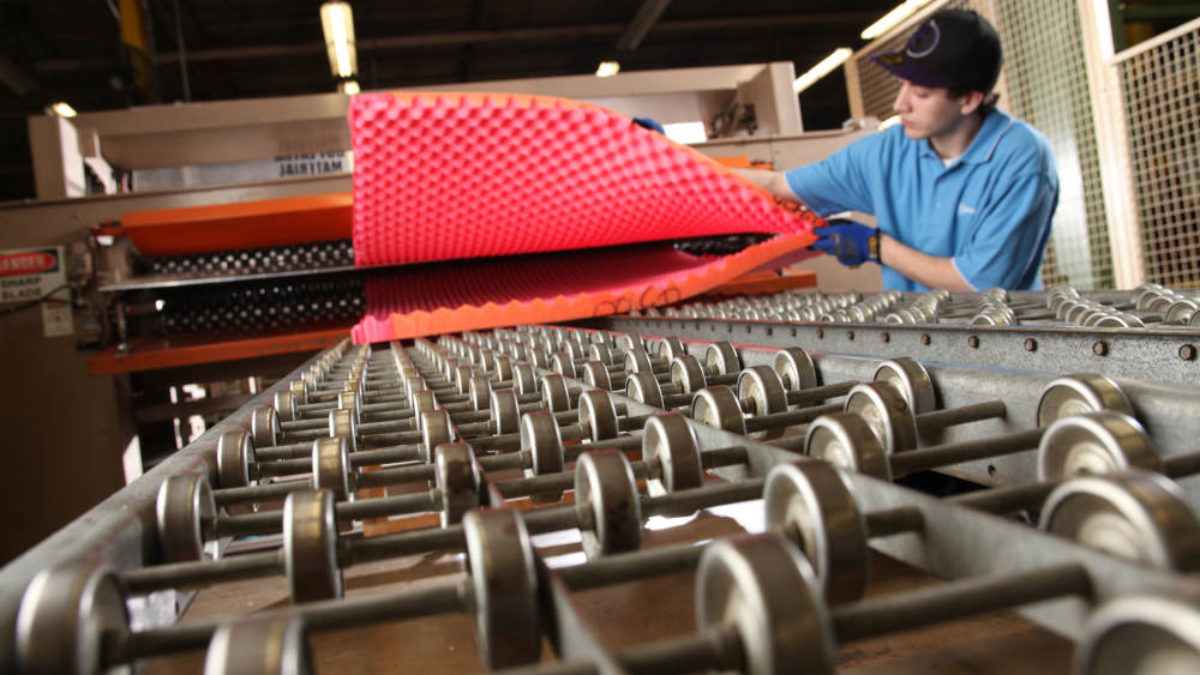There’s no shortage of specifications when it comes to foam, and many terms aren’t always clear in what they measure. Two common terms that deal with heat transfer in foam materials are R-values and K-values. Both are important when selecting the right foam for your application (especially if heat is a concern for you), and there is a significant difference between the two terms and what they measure.
What Is K-Value?
K-values reveal the thermal conductivity—the measure of heat transfer through a material—of a piece of foam. . The K-value of a piece of foam will tell you how well it will resist heat moving through the material. Foam with higher K-values are better insulators; they will keep foam contained within a space or prevent it from getting to the space it is shielding.
If you are trying to package temperature-sensitive materials for storage or transfer, you will want to use foam with a high K-value.
What is R-Value?
R-values reveal the thermal resistance of a piece of foam based on its thickness. While K-values measure heat transfer based solely on the material, the R-value tells you how well the material resists that same heat transfer at a given thickness. This tells you how much insulation you are getting per piece of material given it’s measurements, which can help you determine how much foam (thickness) you will need to use in your given application.
What About U-Value?
U-values reveal the rate of heat transfer through the entire building elements (like an entire door or window). You don’t normally see U-values attributed to foam because the values must take into account the other materials in end product. If you are working with fenestration foam for the fabrication of doors and windows, this value will be of concern to your product as a whole, not the foam you use in it.
What Are Good Insulation Foams?
To review, the difference between thermal conductivity (K-value) and thermal resistance (R-value) is that K-values measure the resistance or heat transfer based on the material only, while R-values measure the resistance of heat transfer in that same material, but at a given thickness.
Foams with good insulation properties (based on their R-values and K-values) include:
- Polystyrene
- Polyurethane
- Expanded Polyethylene (EPE)
- Expanded Polypropylene (EPP)
Need foam with good insulation properties? We can help you find the right type. Get in touch with our team today to choose the right foam for your application.


